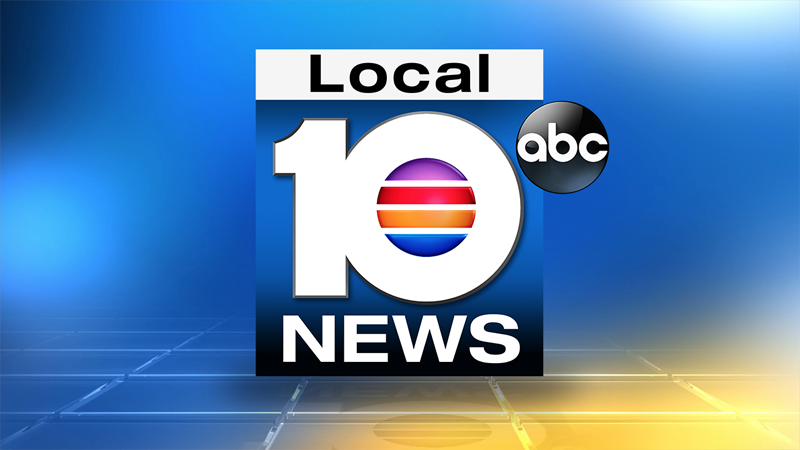By Wesley Lowery and Kimberly Kindy | The Washington Post
Following weeks of intense negotiations, the three largest police departments in St. Louis, Mo., have agreed on a dozen rules or policies they will follow as they engage with protesters after a grand jury announces its decision regarding Ferguson Officer Darren Wilson.
Recommended Videos
The negotiations have centered on 19 "Rules of Engagement" proposed by a coalition of 50 community and civil rights groups. The list is largely a docket of best police practices, such as "the first priority shall be preservation of human life" and "excessive force and other forms of police misconduct will not be tolerated." In general, protesters have agreed to peaceful demonstrations if police don't interfere, while police agree to respect demonstrators' right to assemble as long as there is no violence. ?
Negotiations on Tuesday continued to stall, however, over seven of the proposals, including the coalition's request to give protesters 48 hours' notice prior to the grand jury announcement.
The three departments – called the "unified command" for police response to protests -- have also not agreed to the coalition's request that police be dressed in minimal gear and that tear gas, tactical vehicles and rubber bullets not be used, a coalition leader said.
"You don't approach peaceful protesters in your community as if they're enemy combatants and expect that not to be a problem," said Denise Lieberman, co-chair of the coalition.
It is also unclear if the unified command will agree not to employ mass arrests during peaceful protests, and that police not escalate their response when dealing with minor criminal offenses such as a water bottle being thrown at an officer – which was the precipitating factor for tear gas being deployed on at least one night during the protests in August.
"There's been quite a bit of progress, but there is still discussion needed around several of the terms," Lieberman added.
Highway Patrol Capt. Ron Johnson confirmed the unified command has reached agreement on a dozen items, but would not discuss points of disagreement, saying "we agreed we wouldn't discuss the finer points publicly."
Other leaders of the unified command include St. Louis City Police Chief Sam Dotson and St. Louis County Chief Jon Belmar. Johnson said coalition leaders will now discuss negotiations with their members – including some counter proposals on some items -- and return to the unified command to hopefully reach a final agreement by Friday.
The tentative agreement came the day after Missouri Gov. Jay Nixon declared a preemptive state of emergency in order to allow the National Guard to help local law enforcement prepare for any unrest. The announcement, meant to project a feeling safety, riled up protest groups and local elected officials
Johnson and Mike O'Connell, a spokesman for the Missouri Department of Public Safety, said that some of the concerns were based on erroneous rumors that were circulating, including that tanks were moving into the city. Johnson said, "This community will not see tanks." Reports that the National Guard will be using "attack helicopters" and drones are also false, O'Connell said. "They aren't even authorized to use drones."
Johnson and Dotson both said that the National Guard will be largely used to protect property. The unified command has identified 35 to 40 locations – most of them within strip malls and shopping centers – where there has been property destruction during past demonstrations.
"We had 25 window smashings in August," Dotson said. "We will use the National Guard and pair them with those locations so the public feels safe. The everyday public gets lost in the conversation. We talk about police and protesters, and they get lost.
